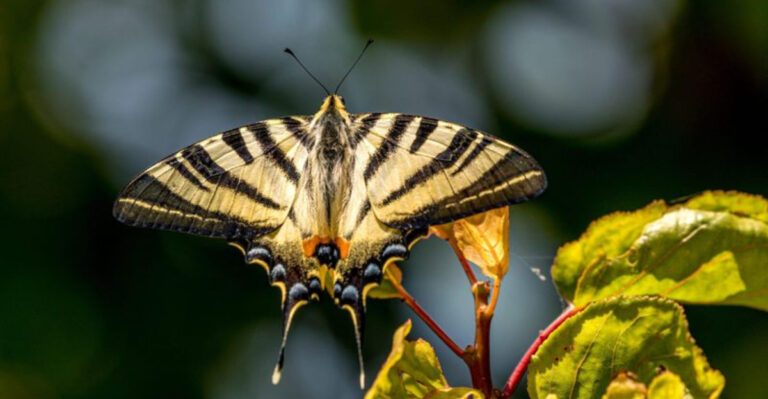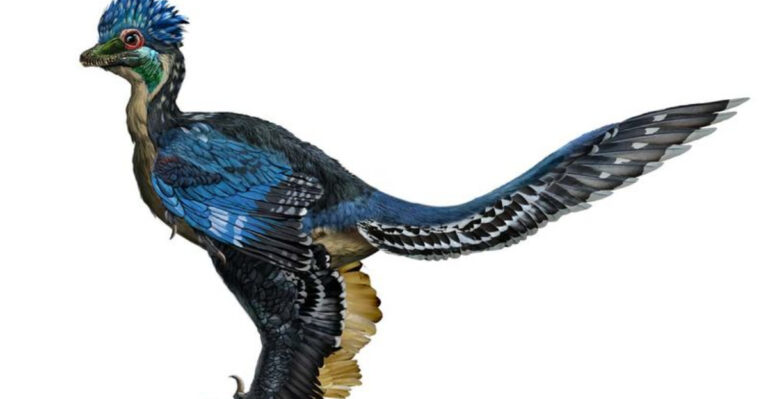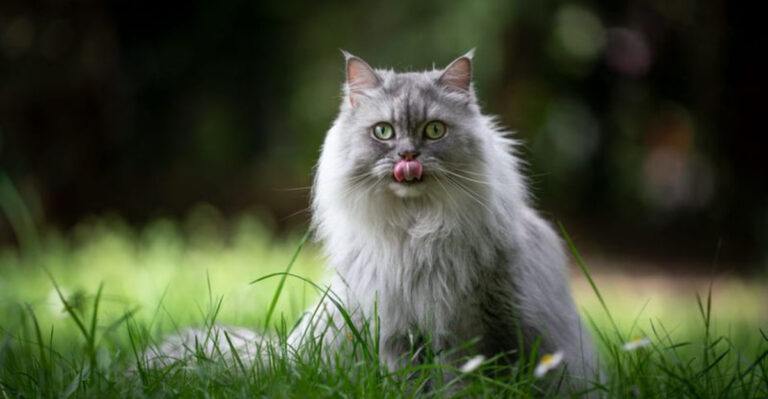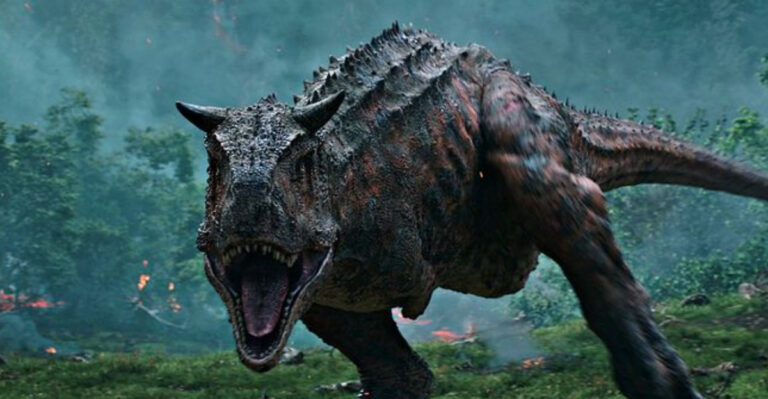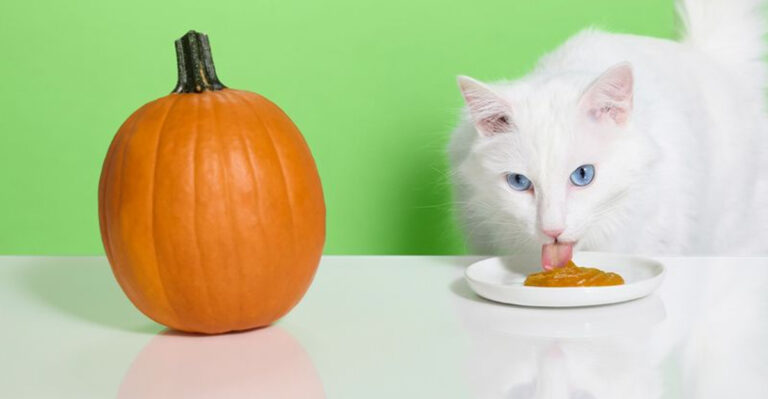10 Facts About Koalas And 5 Common Myths
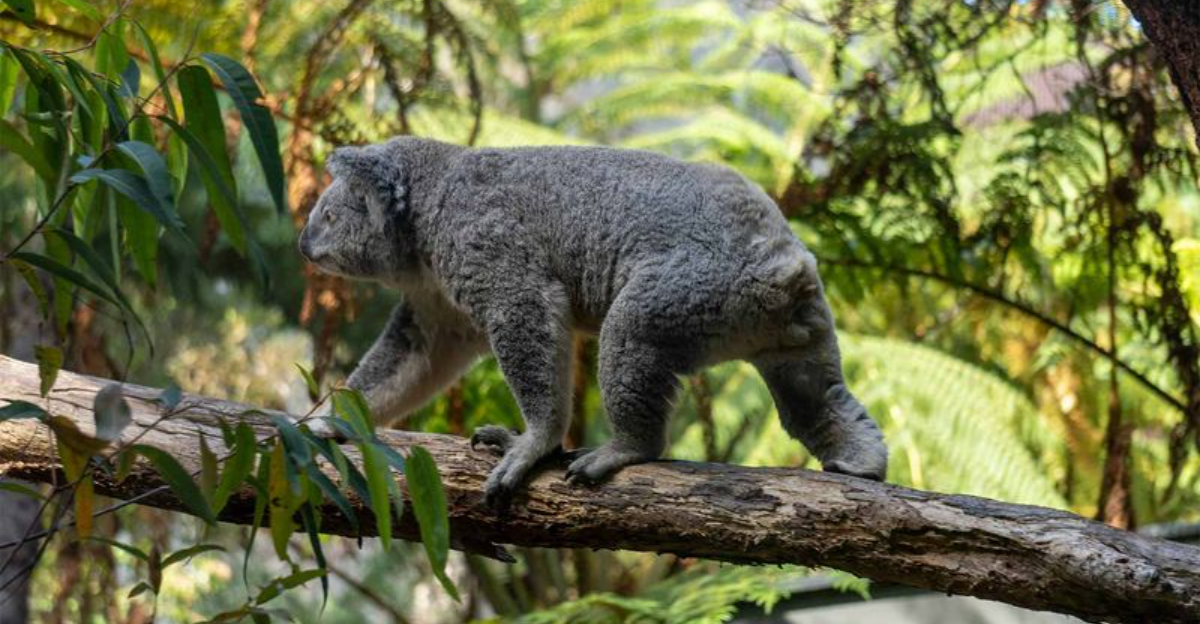
Koalas are fascinating creatures that capture our hearts with their fuzzy ears and sleepy demeanor.
These unique Australian marsupials often get mistaken for bears, but there’s so much more to them than meets the eye.
Let’s explore some surprising facts about koalas and debunk common myths that have been circulating for years.
1. Koalas Are Not Bears
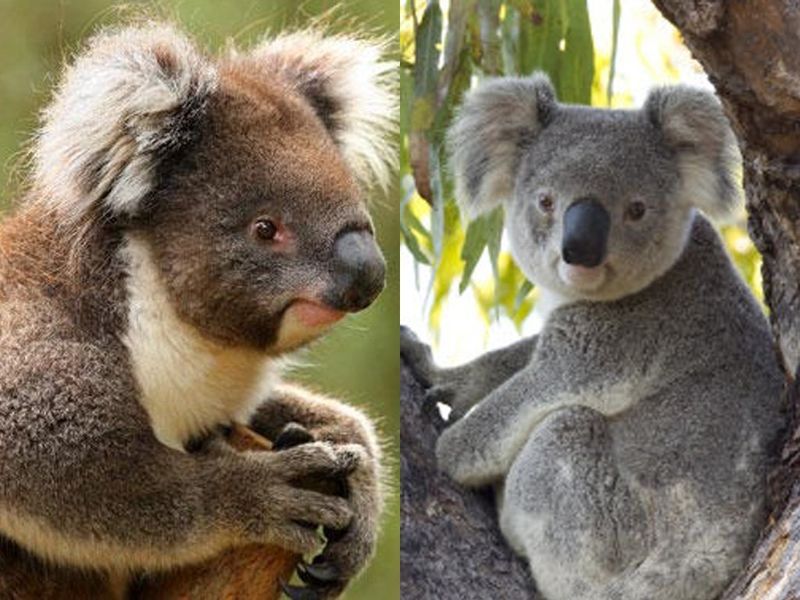
Surprised? Despite their nickname “koala bears,” these fuzzy creatures are marsupials, not bears at all! They’re actually related to wombats and kangaroos.
Like other marsupials, female koalas have pouches where their underdeveloped young (called joeys) continue to grow after birth. This fundamental difference places them in an entirely separate mammal category from bears.
2. They Sleep Up To 18 Hours A Day
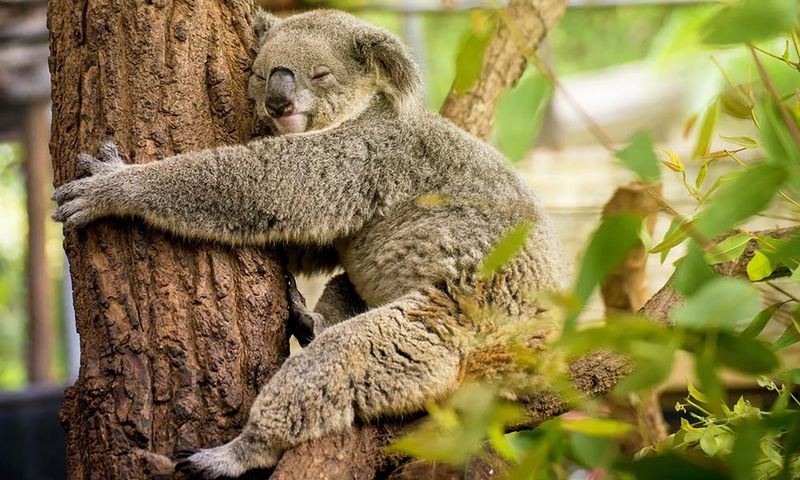
Imagine spending three-quarters of your day asleep! Koalas snooze for up to 18 hours daily, making them one of the sleepiest mammals on earth. This extreme napping isn’t laziness—it’s survival.
Their diet of eucalyptus leaves provides so little energy that sleeping helps conserve what little they get. Their metabolism works overtime just to extract nutrients from toxic leaves.
3. Koalas Have A Specialized Diet
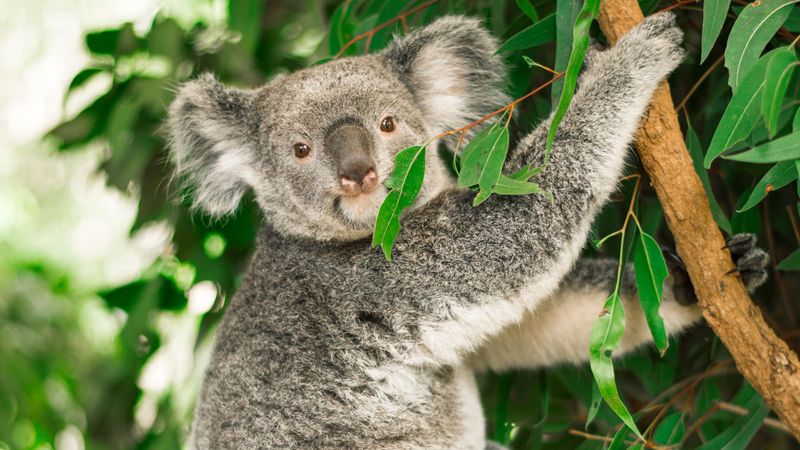
Picky eaters? Koalas take it to another level! Of Australia’s 700+ eucalyptus species, koalas only eat about 30 varieties and strongly prefer just a handful.
Their specialized digestive system contains unique bacteria that detoxify the poisonous compounds in eucalyptus. Without this adaptation, the leaves would kill them. Most other animals can’t touch eucalyptus because of its toxicity.
4. They Have A Strong Sense Of Smell
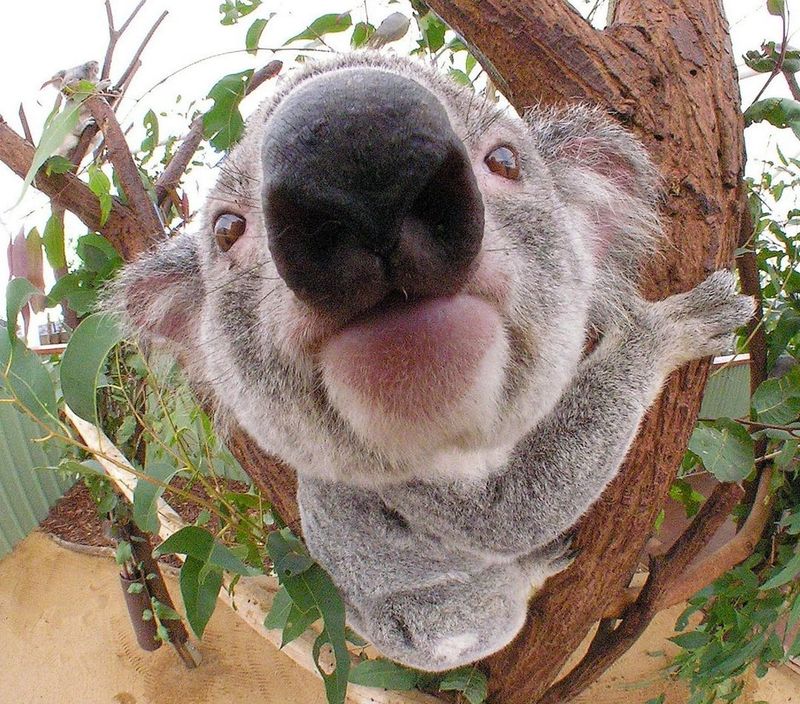
A koala’s nose knows! Their large, leathery nose isn’t just adorable—it’s a sophisticated chemical analyzer that helps them survive.
Koalas can detect subtle chemical differences between eucalyptus leaves, allowing them to avoid the most toxic ones. Their remarkable sense of smell also helps them identify other koalas’ scent markings and potential predators lurking nearby.
5. Koalas Have Unique Fingerprints

Crime scene investigators would be amazed—koala fingerprints are nearly identical to human ones! Under a microscope, even forensic experts struggle to tell them apart from ours. This remarkable similarity evolved completely independently from humans.
It’s one of nature’s most fascinating examples of convergent evolution, where unrelated species develop similar traits. Scientists believe these prints help koalas grip smooth eucalyptus branches.
6. Koalas Communicate Through Sounds
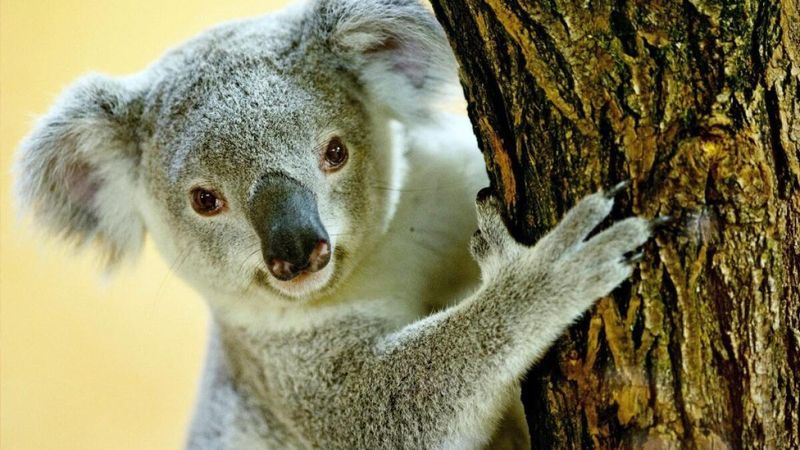
Forget the silent, sleepy stereotype! Male koalas produce deep, resonating bellows that sound surprisingly like motorcycle engines or croaking frogs.
These powerful calls can travel through forests for up to a kilometer, advertising a male’s size and fitness to females. Koalas also communicate with various grunts, snarls, and screams when threatened or annoyed—quite the vocal repertoire for such a small animal!
7. They Are Mostly Solitary Animals
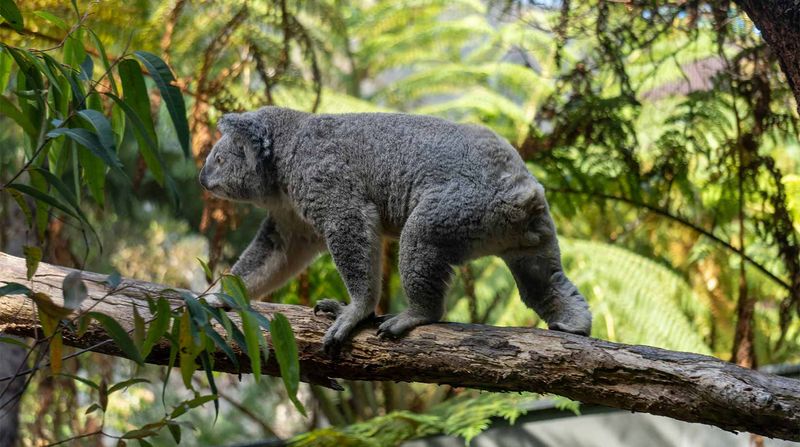
Social distancing comes naturally to koalas! These furry loners prefer their own company and typically avoid other koalas except during breeding season. Each koala maintains its own territory marked by scent glands on their chest.
Males are particularly territorial and will chase away rivals with loud vocalizations and sometimes physical confrontations. Adult females similarly keep to themselves except when raising young.
8. Koalas Can Live Up To 10 Years In The Wild
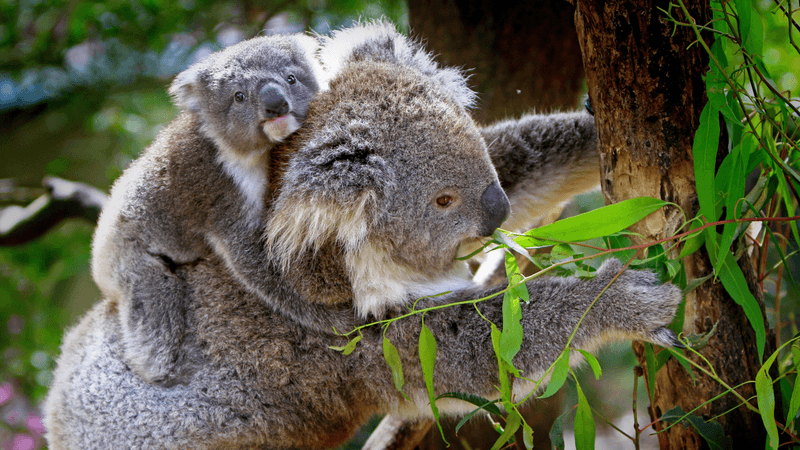
A decade of eucalyptus munching! Wild koalas typically live 10-12 years, though many don’t reach this age due to threats like disease and habitat loss. In captivity, they can survive up to 15 years with proper care.
Female koalas generally outlive males, who often suffer injuries during territorial fights. Sadly, chlamydia has become a major threat, causing blindness and infertility in wild populations.
9. They Are Slow Climbers
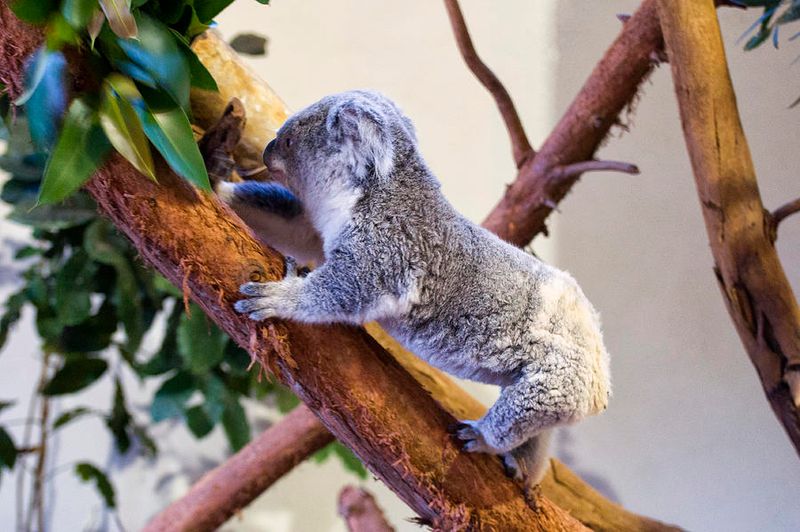
No Olympic medals for speed! Koalas move with deliberate caution when climbing, preferring safety over swiftness among the eucalyptus branches.
Their powerful limbs and sharp claws provide excellent grip, while their thickly padded rear ends offer natural cushioning when sitting for hours. When threatened, however, they can move surprisingly quickly. On the ground, koalas awkwardly waddle on all fours.
10. They Are Endangered Due To Habitat Loss
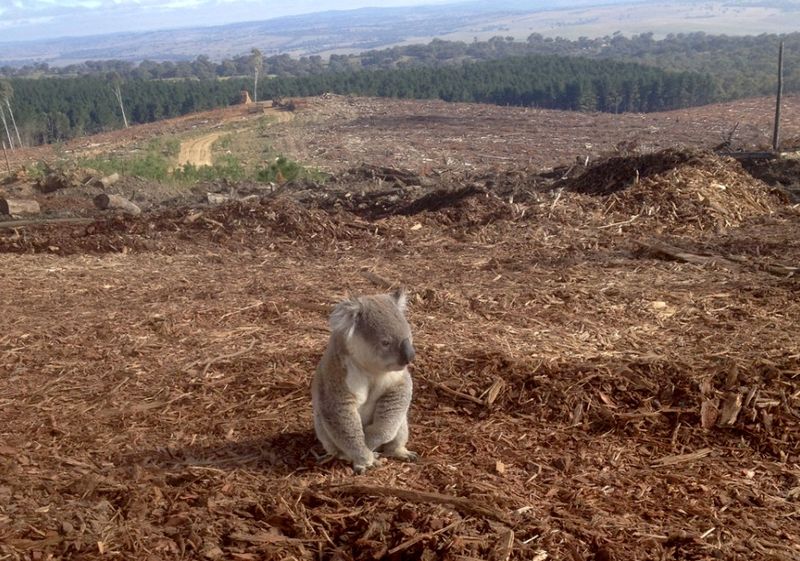
Australia’s iconic tree-huggers face a precarious future. Koala populations have plummeted by over 30% in just three years in some regions. Rampant deforestation, devastating bushfires, and urban development have fragmented their habitat.
Climate change compounds these threats by altering eucalyptus leaf chemistry and increasing drought frequency. Without urgent conservation efforts, these beloved marsupials could disappear from the wild within decades.
11. Koalas Are Lazy Because They Are Fat
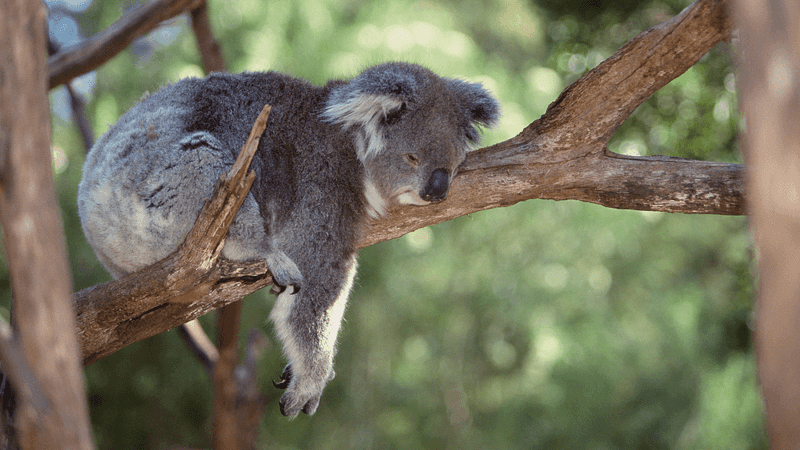
Contrary to popular belief, koalas aren’t lazy couch potatoes! Their seemingly sluggish behavior stems from an incredibly low-energy diet, not laziness or excess weight. Eucalyptus leaves contain so little nutrition that koalas must minimize movement to conserve energy.
Their metabolism operates at about half the rate you’d expect for their size. Those adorable chubby looks? That’s actually muscle and dense fur, not fat!
12. Koalas Drink A Lot Of Water
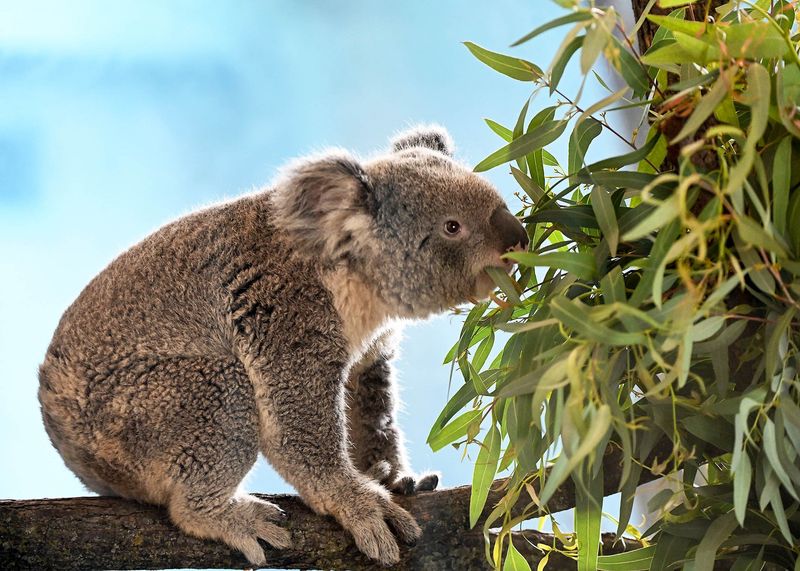
Rarely reaching for a water bottle! The name “koala” derives from an Aboriginal word meaning “no drink,” reflecting their unusual hydration habits. Koalas obtain nearly all their moisture needs from eucalyptus leaves, which contain about 55% water.
They seldom drink from streams or water sources except during extreme drought or heatwaves. This adaptation allows them to remain safely in trees rather than descending to drink.
13. Koalas Can Be Domesticated
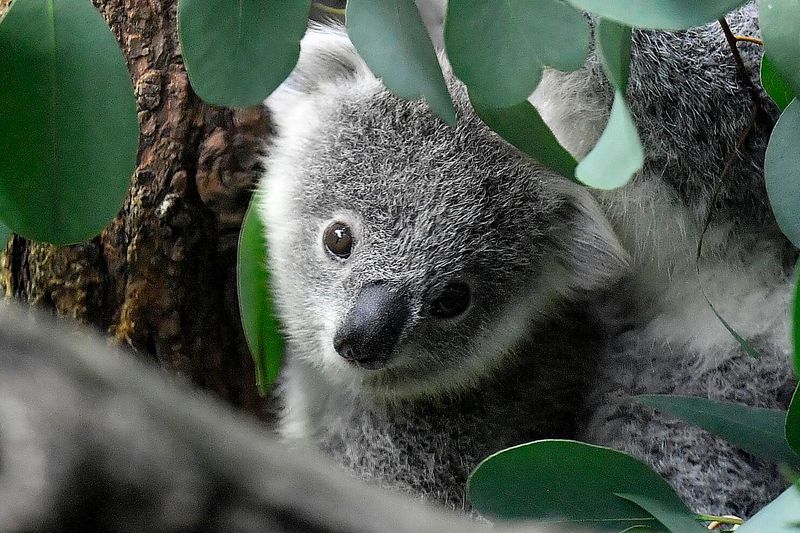
Dream of a koala cuddle buddy? Unfortunately, these wild animals make terrible pets despite their teddy bear appearance! Koalas require specialized diets of fresh eucalyptus leaves that most people can’t provide.
They’re also naturally stressed by human handling. In Australia, it’s actually illegal for ordinary citizens to keep koalas as pets—only licensed wildlife carers can temporarily house injured ones.
14. Koalas Are Same As Bears
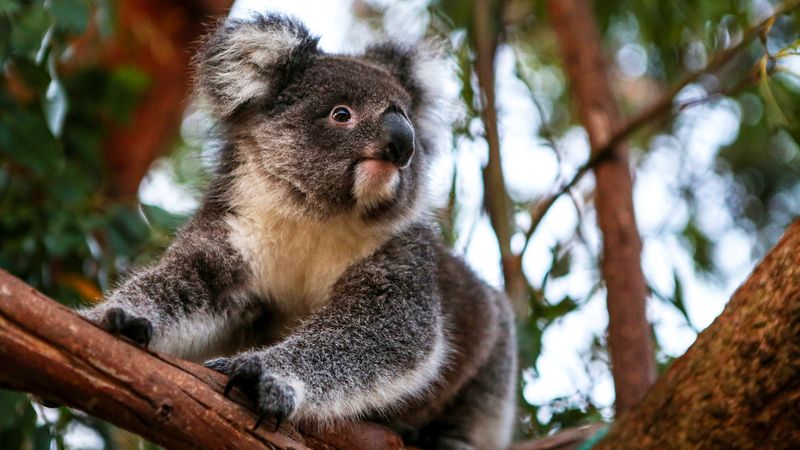
Bear with me—koalas aren’t bears at all! This widespread misconception likely stems from their round ears and button noses that resemble certain bear species. Scientifically speaking, koalas belong to the marsupial family Phascolarctidae.
Unlike bears, female koalas have pouches where their bean-sized newborns develop. Bears give birth to more developed young and belong to the family Ursidae—completely different branches on the mammal family tree!
15. Koalas Are Extremely Friendly
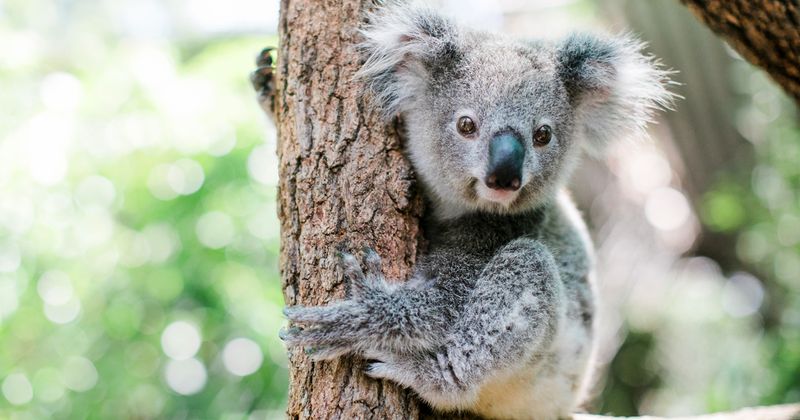
Those adorable faces hide a surprising temperament! Wild koalas typically aren’t the cuddly creatures portrayed in cartoons and tourism photos. When threatened, koalas can become aggressive, using their sharp claws and teeth to defend themselves.
They’re naturally wary of humans and other animals. Those tourist photos with people holding koalas? These animals are carefully handled by professionals and often specially trained from youth.

